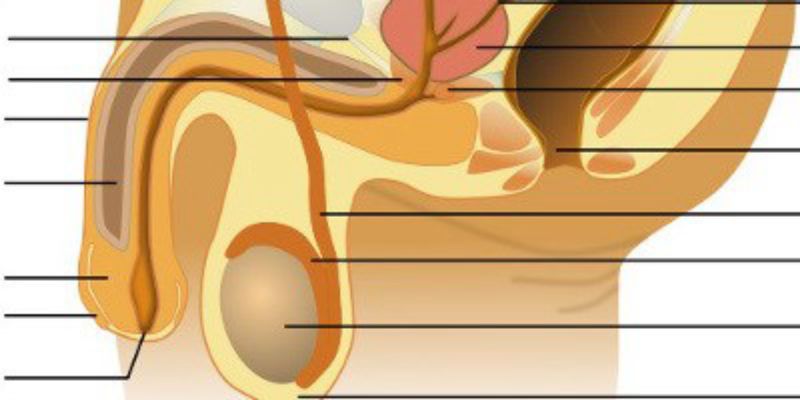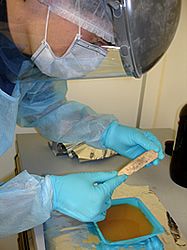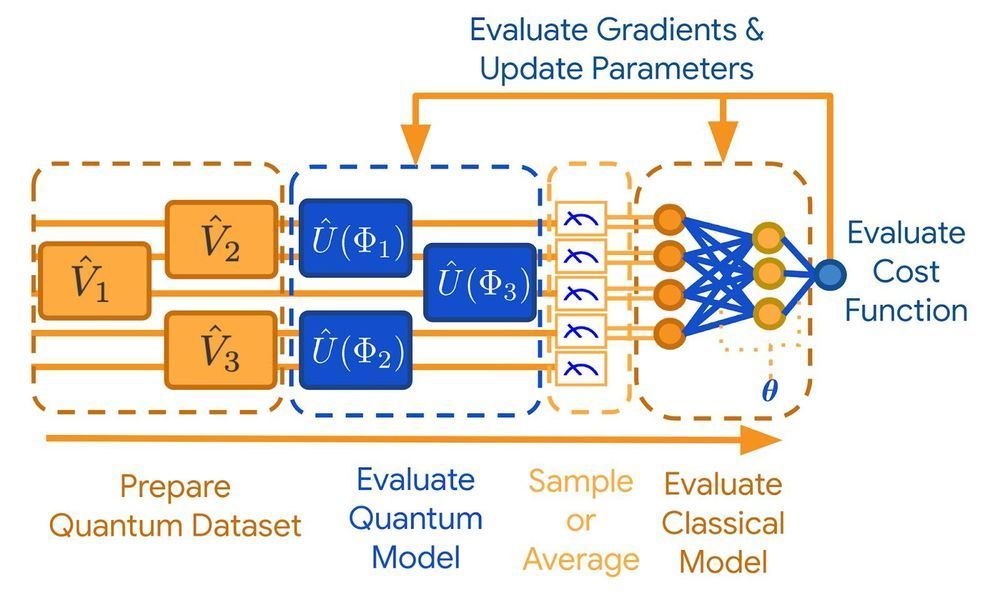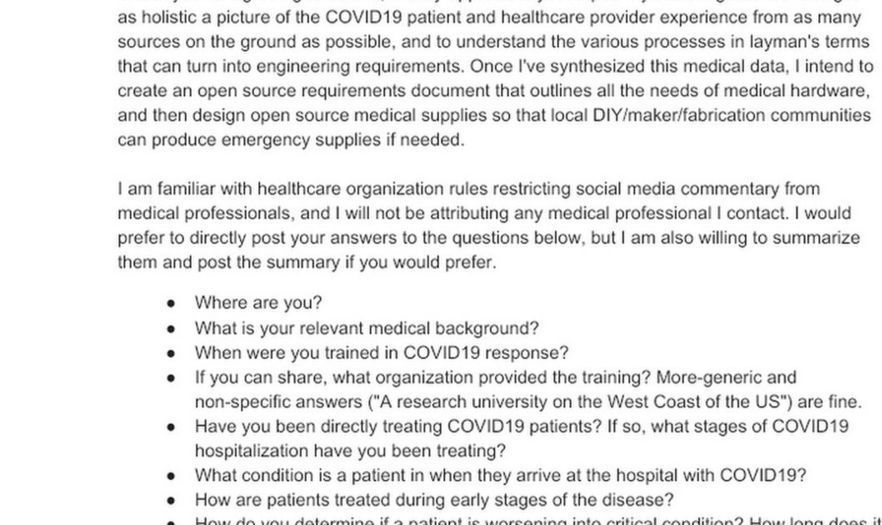Circa 2014
Circumcision and sexual activity are but two factors that can influence the bacterial communities that inhabit male genitalia.


Circa 2015 o.o take their Gene’s and could make immunity greater for stomaches.
Vultures have a unique genetic make-up allowing them to digest carcasses and guard themselves against constant exposure to pathogens in their diet, according to the first Eurasian vulture genome published in the open access journal Genome Biology. The study also finds that this species of Asian vulture is more closely related to the North American bald eagle than previously thought.
The cinereous vulture or black vulture, Aegypius monachus, is the largest bird of prey, and an iconic bird in the Far East. The species plays a key role in the ecosystem by removing rotting carcasses, thus preventing the spread of disease.
As their feeding habits involve constant exposure to pathogens, vultures are suspected to have strong immune systems, having evolved mechanisms to prevent infection by the microbes found in their diet. Despite the potential interest in the immune system of scavengers, little is known about the genetic variations involved in vultures’ immune processes.

Bethesda, Md., Thurs., May 6, 2010 — Researchers have produced the first whole genome sequence of the 3 billion letters in the Neanderthal genome, and the initial analysis suggests that up to 2 percent of the DNA in the genome of present-day humans outside of Africa originated in Neanderthals or in Neanderthals’ ancestors.
The international research team, which includes researchers from the National Human Genome Research Institute (NHGRI), part of the National Institutes of Health, reports its findings in the May 7, 2010, issue of Science.
The current fossil record suggests that Neanderthals, or Homo neanderthalensis, diverged from the primate line that led to present-day humans, or Homo sapiens, some 400,000 years ago in Africa. Neanderthals migrated north into Eurasia, where they became a geographically isolated group that evolved independently from the line that became modern humans in Africa. They lived in Europe and western Asia, as far east as southern Siberia and as far south as the Middle East.

Google announced Monday that it is making available an open-source library for quantum machine-learning applications.
TensorFlow Quantum, a free library of applications, is an add-on to the widely-used TensorFlow toolkit, which has helped to bring the world of machine learning to developers across the globe.
“We hope this framework provides the necessary tools for the quantum computing and machine learning research communities to explore models of both natural and artificial quantum systems, and ultimately discover new quantum algorithms which could potentially yield a quantum advantage,” a report posted by members of Google’s X unit on the AI Blog states.

J Gen Psychol. 2009 Jan;136:21–39. doi: 10.3200/GENP.136.1.21–40.
The authors examined the role of cognitive operations in discriminations between externally and internally generated events (e.g., reality monitoring) in healthy and pathological aging. The authors used 2 reality-monitoring distinctions to manipulate the quantity and quality of necessary cognitive operations: discriminating between I performed versus I imagined performing and between I watched another perform versus I imagined another performing. Older adults had more difficulty than did younger adults when discriminating between memories in both versions of the task. In addition, older adults with Alzheimer’s-type dementia showed marked difficulties when attributing a source to imagined actions. The authors interpret these findings in terms of an age difficulty or the failure to use cognitive operations as useful cues during source monitoring.

DENVER – Colorado’s first drive-up testing facility for the novel coronavirus (COVID-19) opened Wednesday in Denver’s Lowry neighborhood and saw several dozen vehicles in line after it opened.
The drive-up facility, located at 8100 E. Lowry Blvd. in Denver, will be open from 10 a.m. to 2 p.m. Wednesday through Friday, and next week’s schedule will be posted on the state’s website once the schedule is decided.
Coronavirus in Colorado: COVID-19 cases, locations and live updates across the state.
Subjects: consciousness, psychedelics, panpsychism, transhumanism, abolishing suffering, death and immortality.
My guest today is David Pearce, a well known philosopher and transhumanist, yet his views about consciousness set him apart from other transhumanists you might be familiar with. David believes that the nature of consciousness goes much deeper than can be explained through classical physics or from within a materialist paradigm. He suspects that consciousness may reflect an intrinsic feature of reality. Whether or not this is the case, David is confident that the unity of consciousness is facilitated by a quantum unity occurring in the brain. As a result, David is skeptical about the possibility of classical computation-based “mind uploading” or truly conscious artificial intelligences arriving in the foreseeable future. But while our descendents will continue to be biological, they will however be dramatically different to us, not only with their indefinite lifespan, physical fortitude, and resilience to disease, but most significantly, in the structure of their minds. According to David, our great grandchildren will inhabit profoundly blissful mind spaces which exist exclusively “above hedonic zero”. They will have abandoned retributive emotions such as jealousy and anger, and their ordinary conscious states will be comparable to today’s peak experiences. Most significantly for David, our descendants will set their sites on abolishing suffering in all sentient life on this planet, and finally, the entire reachable universe.
We discussed these subjects and more in our conversation. Whether or not you find David’s vision hard to believe, this will be an interesting episode! If you value these conversations, please consider supporting Waking Cosmos on Patreon.
https://www.patreon.com/wakingcosmos
David’s website
https://www.hedweb.com


We need the input of the medical community to provide quality products rapidly.
PLEASE SAVE A COPY OF THIS DOCUMENT, ANSWER QUESTIONS, AND EMAIL ME AT [email protected] Thank you for agreeing to do this, I really appreciate your input. My current goal here is to get as holistic a picture of the COVID19 patient and healthcare provider experience from as many sou…